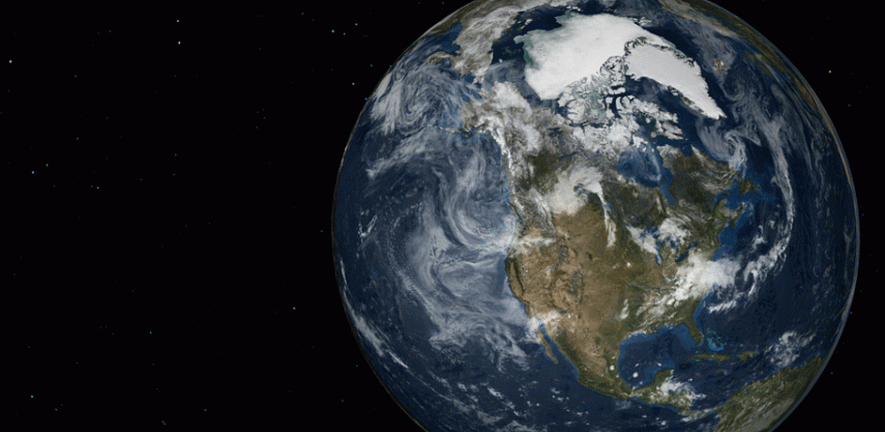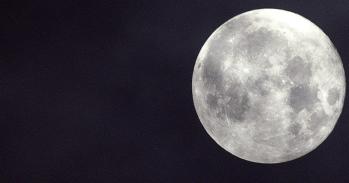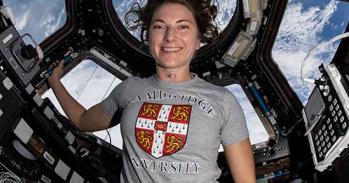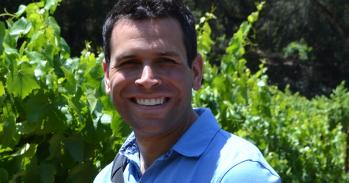
A team of students from the University of Cambridge sent four teddy-bears into space this week as part of an initiative to engage local schoolchildren in science and engineering.
A team of students from the University of Cambridge sent four teddy-bears into space this week as part of an initiative to engage local schoolchildren in science and engineering.
Space is inspiring, and getting there brings together science, engineering, imagination, and lots of fun.
Ed Moore
Bravely going where few of their kind have gone before, the Teddy-nauts were dressed in special space-suits designed and made by 11 and 12 year-old pupils from Parkside and Coleridge Community Colleges as part of a project with Cambridge University Spaceflight to help them learn more about science, engineering and space.
After a nail-biting wait for optimal weather conditions, the children were scrambled by their schools to the mission launch site at Churchill College, Cambridge on Monday. From there the four intrepid space pioneers, dressed in their special suits were launched on a foam padded box containing instrumentation and cameras attached to a helium balloon.
The Teddy-nauts spent two hours and nine minutes in flight from the launch site in Cambridge reaching heights of more than 30 thousand metres - known as Near Space or the Edge of Space. In spite of enduring temperatures of between minus 40 degrees and minus 53 degrees, depending on the effectiveness of their spacesuits, all four landed safely just north of Ipswich to be retrieved by the team of student scientists who'd travelled from Cambridge by car, following the Teddy-nauts' progress via an onboard GPS system.
The enthusiasm of the pupils for the project was evident:
"This was a really fun thing to do. The best bit was when we set the balloon off with the bears. The CU Spaceflight team made us really involved and we helped assemble all the equipment." Aiyana Stead age 12
"It was really fun when the balloon was blowing up. We had to hold it in the freezing winds. It felt like we were being smothered by a giant dumpling." Megan Makinson age 12
"I really enjoyed launching the teddy-bear into space and I also enjoyed designing and building the teddy-bear suit. The balloon was enormous compared to the normal balloons, and it was really hard to keep hold of, but it was great fun letting go of it." Kane Robbins age 12
Ed Moore - one of the CU Spaceflight team involved in the project said:
"Space is inspiring, and getting there brings together science, engineering, imagination, and lots of fun. As a team, we all have stories of the spark that lit the fire and motivated us to choose science and aim for Cambridge. There can be few more worthwhile things for us to do than to try and provide that spark for the current generation of school kids. We had a fantastic time working with the kids and their teacher, Dr Hinshelwood, and as a team we're delighted that there could, with luck, be some hugely talented people joining CU Spaceflight in a few years time!"
Teacher, Steve Hinshelwood, who runs Science clubs at Parkside and Coleridge said:
"This was a super activity for the students to be involved in. They had great fun problem solving as they tried to turn their original space suit designs into something that they could actually build. Suddenly scientific ideas such as insulation, convection, conduction and radiation became important. Thinking about weight made ideas of buoyancy, pressure and the composition of the atmosphere relevant. The need to get the teddies back gave the students a chance to think about computer control and radio communications. I don't think that the students realized how much science they were learning - they were just having fun. CU Spaceflight is a super team to work with. They were able to engage with the students at just the right level, stretching their understanding and always encouraging. They're superb ambassadors for the fun that can be had following science."
No treasured possessions were endangered in the experiment. The four teddy-bears used were purchased specifically for the mission by Mr Hinshelwood.
This work is licensed under a Creative Commons Licence. If you use this content on your site please link back to this page.




